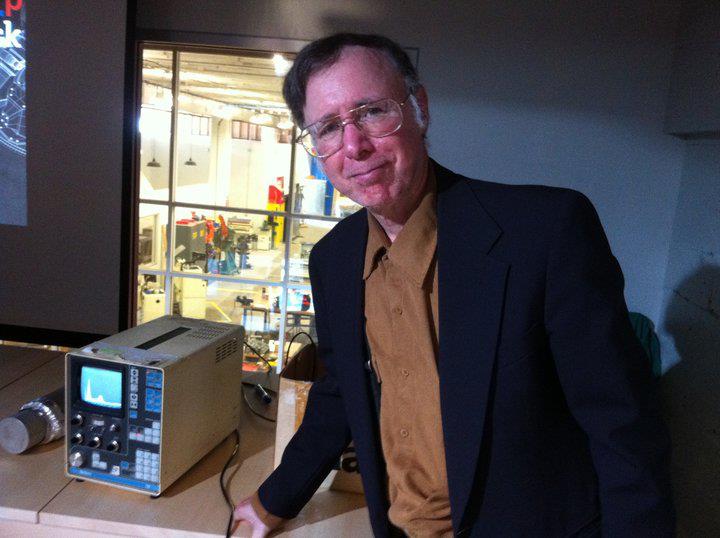Year: 2017
Definitions of particle and wave in the classical sense, and quantum mechanical sense, are very different. Let us define a classical particle as anything that holds itself together, and understand that a classical wave does not. They are opposite concepts. However, a quantum-particle has those two opposite classical concepts inexplicably mixed together. A quantum-wave can spread across the whole universe, then collapse to a minuscule quantum-particle. A quantum-wave is a non-physical wave of probability that goes everywhere. This kind of probability is not like throwing dice, because dice go somewhere, and that quantum-wave is everywhere. To resolve the problem requires revisiting experiments that are famous for their particle-like interpretation. Here, we show how a new Threshold Model can work for both our wave-like and particle-like experiments. Two sets of experiments have been performed to substantiate our Threshold Model: with light using gamma-rays, and with matter using alpha-rays. They are both beam-split coincidence experiments that reveal a two-for-one effect. It only looks like two-for-one if you are sold on quantum mechanics. We do not obtain something from nothing. The Threshold Model embraces a pre-loaded sub-quantum state, called for in our new experiments.


